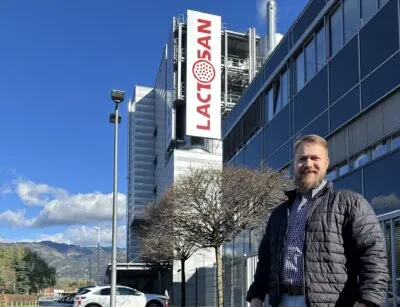Decisions made at chopping time affect forage quality. Determining the optimal timeframe for harvesting your haylage or corn silage can be difficult and is influenced by several factors. A harvest that is too wet or too dry can affect both yield and quality. A plan made prior to harvest helps avoid unnecessary issues.
The optimal timing and management affect silage quality. In addition, the theoretical length of cut (TLC) and the correct packing density are important to delivering high-quality silage. Furthermore, the cover of the pile and the choice of a research-proven silage additive like BONSILAGE are crucial. A timely harvest, properly packed silage and efficient fermentation are advantageous. The final step to delivering high-quality forage to your cows is to follow proper face management protocols.
Read our face management tips below:
- The feed-out rate should be 6 – 12” per day.
- Silage pits fed during summer months should be smaller in order to have a higher daily feed-out rate.
- Remove plastic several times a week to have as little surface area exposed to oxygen as possible.
- Be sure to maintain a smooth face.
- Avoid removing excess material from the face that will sit and be exposed to air for an extended period of time.
- In general, the pit size needs to be adapted to herd size and daily feed out.
If you would like to learn more about face management or silage management in general, schedule to speak with one of our silage experts today HERE.



